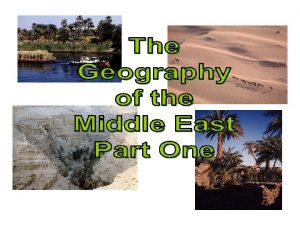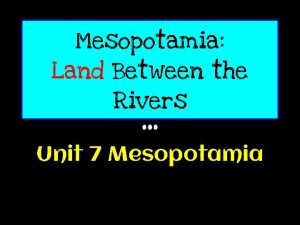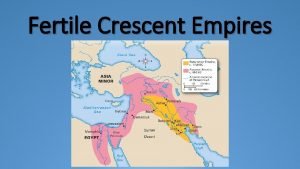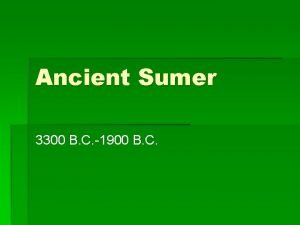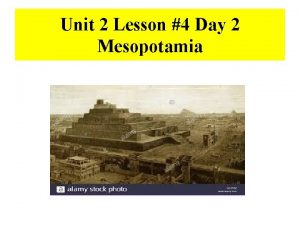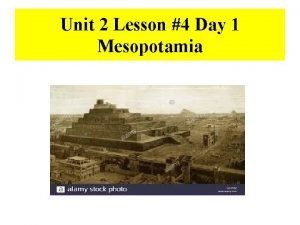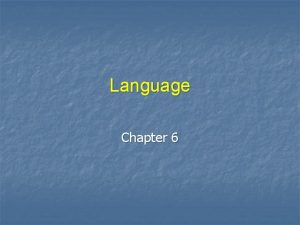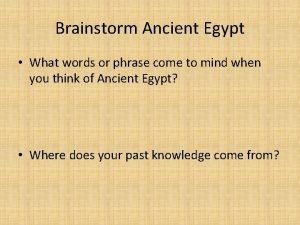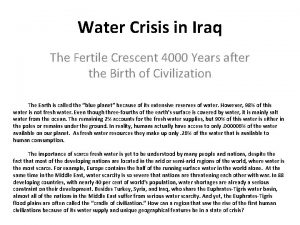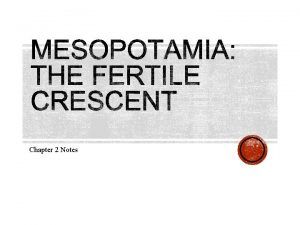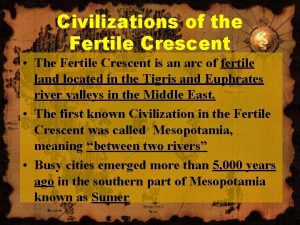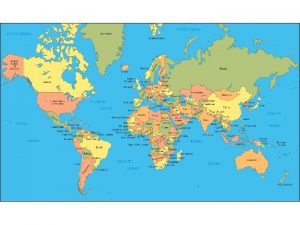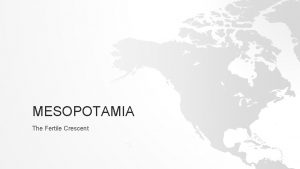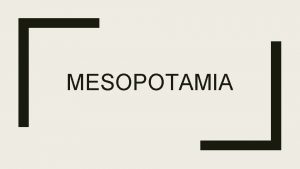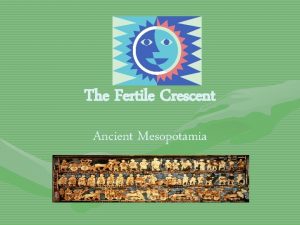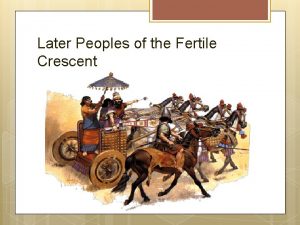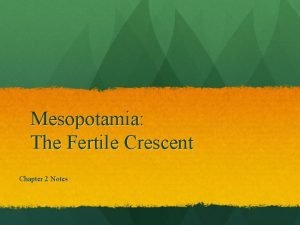Later Peoples of the Fertile Crescent Chapter 5















- Slides: 15

Later Peoples of the Fertile Crescent Chapter 5, Section 4 Mr. Gahsman – Social Studies 7

The Babylonians Conquer Mesopotamia • Rise of Babylon – Located on the Euphrates River, near modern-day Baghdad, Iraq – Former Sumerian town • Became its own citystate – 1792 B. C. – Hammurabi becomes Babylon’s king King Hammurabi of Babylon

• Hammurabi’s Code – Hammurabi was a great war leader – Brought all of Mesopotamia under his control • Called his territory the Babylonian Empire – Used tax money to pay for building and irrigation projects – Increased trade – Best known for his law code

• The Law Code – 282 laws dealing with every part of daily life – Some ideas still found in laws today – All crimes had penalties • Punishment was harsher if you harmed a rich man versus a poor man – Important because it was the first law code to be written down for all to see Pillar carved with Hammurabi’s Code

• Fall of Babylon – Hammurabi ruled for 42 years – Babylon faced many invasions after his death Babylonian Art

Invasions of Mesopotamia • Hittites – Originated in Asia Minor (modern-day Turkey) – Two military advantages • Masters of ironworking – Stronger weapons • Skillful use of chariots – Captured Babylon around 1595 B. C. – Hittite king was assassinated • Kingdom plunged into chaos Hittite 3 -man chariot

Hittite Charioteer Hittite Warrior

• Kassites – Originally lived north of Babylon – Captured the city from the Hittites – Ruled Babylon for over 400 years

• Assyrians – From northern Mesopotamia – Gained control of Babylon around 1200 B. C. – Very strong army • Used iron weapons and chariots • Fierce in battle – Looted villages – Burned crops – Killed anyone who resisted them – Ruled from the capital city of Nineveh – Built road network

Assyrian warriors attacking a city Assyrian warrior vs. Nubian warrior


• Chaldeans – Lived in the Syrian Desert – Attacked the Assyrians • Destroyed Nineveh in 612 B. C. • The Assyrian Empire collapsed – King Nebuchadnezzar • Rebuilt Babylon • May have built the Hanging Gardens of Babylon – Admired Sumerian culture • Studied Sumerian language • Adopted many Sumerian gods – Great astronomers Artist representation of a Chaldean temple

The Phoenicians • • Lived on the western end of the Fertile Crescent Not a great military power Wealthy trading society Geography of Phoenicia – Modern-day Lebanon – Main cities were Tyre, Sidon and Byblos (still exist today) – Had many cedar trees – Land trade was blocked by mountains, had to use the sea for trading

• Expansion of Trade – Became expert sailors – Built fleets of trading ships – Traveled to Egypt, Greece, Italy and Spain – Founded colonies • Most famous colony was Carthage in Northern Africa – Traded lumber, silverwork, ivory carvings, glass items and slaves – Made purple dye from crushed shellfish • Used to make purple fabric that was prized by wealthy people around the Mediterranean Sea – Most important achievement was their alphabet Replica of a Phoenician Trading Ship

 Geography of the fertile crescent
Geography of the fertile crescent Geography of the fertile crescent
Geography of the fertile crescent Fertile crescent
Fertile crescent Fertile crescent ap human geography definition
Fertile crescent ap human geography definition Fertile crescent
Fertile crescent Two rivers in mesopotamia
Two rivers in mesopotamia Babylon
Babylon Fertile crescent on world map
Fertile crescent on world map Southwest asia hearth
Southwest asia hearth Unit 2 lesson 4 fertile crescent
Unit 2 lesson 4 fertile crescent Unit 2 lesson 4 fertile crescent
Unit 2 lesson 4 fertile crescent The fertile crescent is the arc of land that
The fertile crescent is the arc of land that Multilingual state
Multilingual state Fertile crescent
Fertile crescent Hyksos invasion of egypt
Hyksos invasion of egypt Where's the fertile crescent
Where's the fertile crescent


